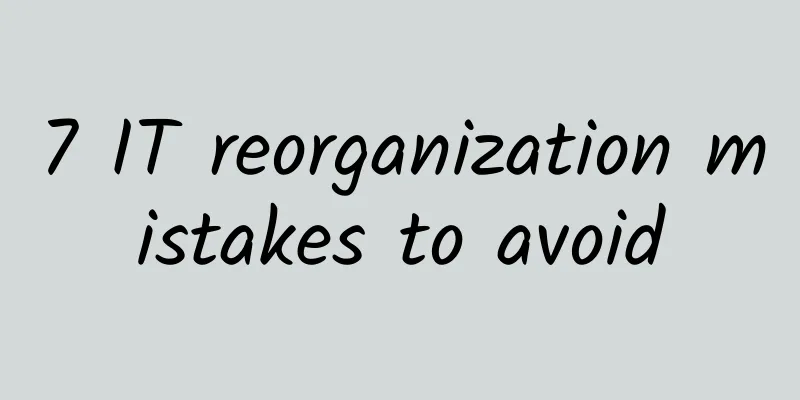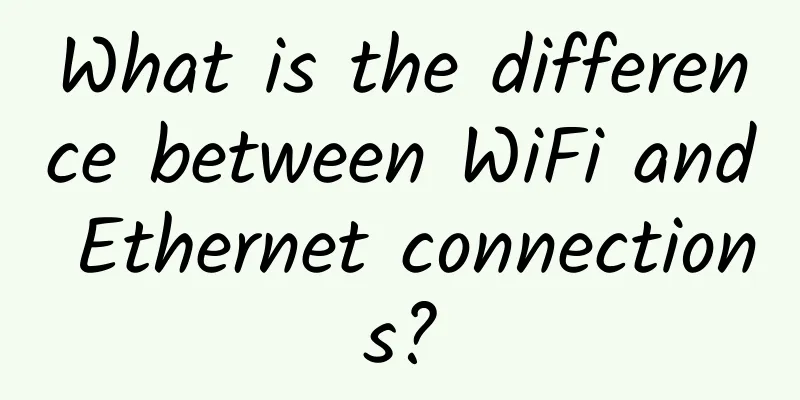Learn more about load balancers

|
Every load balancer is a reverse proxy, but not every reverse proxy has to be a load balancer. Question: What does the OSI model look like?Question: What are the requirements for a load balancer?Answer → To create a fault tolerant system so that when a client makes a request to the load balancer, it can communicate with one or more backends. Question: Explain how a layer 4 load balancer works?Answer → A layer 4 load balancer works as follows: (1) Handshake → The Layer 4 load balancer first establishes a TCP connection with the backend server. (2) Warm-up → The load balancer can establish multiple TCP-based connections with the backend and then keep those connections active. This is to ensure that whenever a client connects to the load balancer, it does not have to go through the connection warm-up process every time. (3) Client Connection → When a client connects to a Layer 4 load balancer, the connection will have a state at the load balancer level and will be mapped to any one of the connections to the backend servers. Hence, Layer 4 load balancers are stateful.
Question: Does a layer 4 load balancer also act as a NAT layer?Answer → Yes, a layer 4 load balancer acts as a NAT layer/gateway/router for the clients.
Question: Can you give an example of HTTP-based calls (Restful API calls) from the client to the backend?Answer → Imagine a client sends an Http call to a load balancer. Also imagine that this particular request is split into 2 segments. Step #1) The request arrives at the load balancer, which then chooses to send all the segments of this request to a certain backend server. Step #2) Now, suppose the client sends another segment (segment #3) and then writes it back to the same connection.
Step #3) Now, suppose the same client initiates another request on the same connection, then that request will also be read first and then written back to the backend server. Step #4) Now, suppose a different client makes another request, then depending on the load balancing algorithm, the request may be forwarded to another backend server. Question: What companies provide L4 load balancers?Answer → Companies like Radware and F5-BigIp provide L4 load balancers. Question: What are the pros and cons of L4 load balancers?(1) The following are the advantages of L4 LB:
(2) The following are the disadvantages of L4 LB:
Question: Explain how a layer 7 load balancer works?Answer → A layer 7 load balancer works as follows: (1) Handshake → The Layer 7 load balancer also establishes a TCP connection with the backend server. (2) Warm-up → The load balancer can establish multiple TCP-based connections with the backend and then keep those connections active. This is to ensure that whenever a client connects to the load balancer, it does not have to go through the connection warm-up process every time. (3) Client Connection → When a client connects to a Layer 7 load balancer, the connection becomes protocol specific.
NOTE: If you want your L7 LB to face external clients, then:
Question: How does an L7 load balancer handle HTTP based requests?Step #1) First, it receives the request and sends it to the backend server 1. Step #2) Next, suppose the same client sends another request, then L7 LB can actually forward it to other backend servers as well since L7 LB is stateless. Question: What are the pros and cons of L7 load balancers?(1) The following are the advantages of L4 LB:
(2) The following are the disadvantages of L4 LB:
|
<<: In 2024, the core network will usher in new opportunities!
Recommend
Illustrated Network: Uncovering the principle behind TCP's four waves, combined with the example of a boyfriend and girlfriend breaking up
In this section, Rui Ge will continue to show you...
ZJI newly launched Taiwan CN2 server, Hong Kong high frequency server/Taiwan CN2 server 30% off
ZJI has newly launched Taiwan CN2 line servers, a...
DiyVM: 50 yuan/month-2GB/50GB/5M/Hong Kong, Japan, and the United States are available
DiyVM is a Chinese hosting company founded in 200...
How is HostYun? Simple test of HostYun Hong Kong EQ-CMI line VPS
There is no discount information, so continue tes...
5G network construction: NSA or SA first?
Different from the era from 3G to 4G, the evoluti...
Regarding the 6G satellite, I am "confused"
[[351012]] On November 6, a satellite named "...
"Perceived and controllable applications that change on demand" F5 multi-cloud application service innovation online conference transcript
At 10:00 am on December 16, F5, the world's l...
Do you have a good understanding of the Internet of Things? Check out these five revolutionary ideas
ABI Research shows that the country's IoT ser...
How far can a SaaS company go? Mainly determined by these two indicators
[[356547]] To see the current status of a SaaS co...
∑co Time | Empowering the edge from the "core" to unlock the smart password of edge data
The cities we live in are becoming more and more ...
Why is HTTP 2.0 designed this way?
HTTP 1.0 was released in 1996, laying the foundat...
What the hell are the three-way handshake and the four-way wave?
[[382042]] This article is reprinted from the WeC...
Towards the next generation of Internet, SoundNet releases full-link acceleration FPA to increase QoS protection for the Internet
On August 19, Agora held an online product launch...
6 Examples of How 5G Can Improve IoT Deployments
As digital transformation is in full swing, the n...
5G news is coming! China Mobile has opened trial commercial services to 15 provinces: over 100 million users, no need to change to 5G phones
On October 14, at the "5G Message Ecosystem ...


![[Black Friday] Psychz Los Angeles server monthly payment starts at $15, E3 series monthly payment starts at $29](/upload/images/67cac47640d06.webp)






